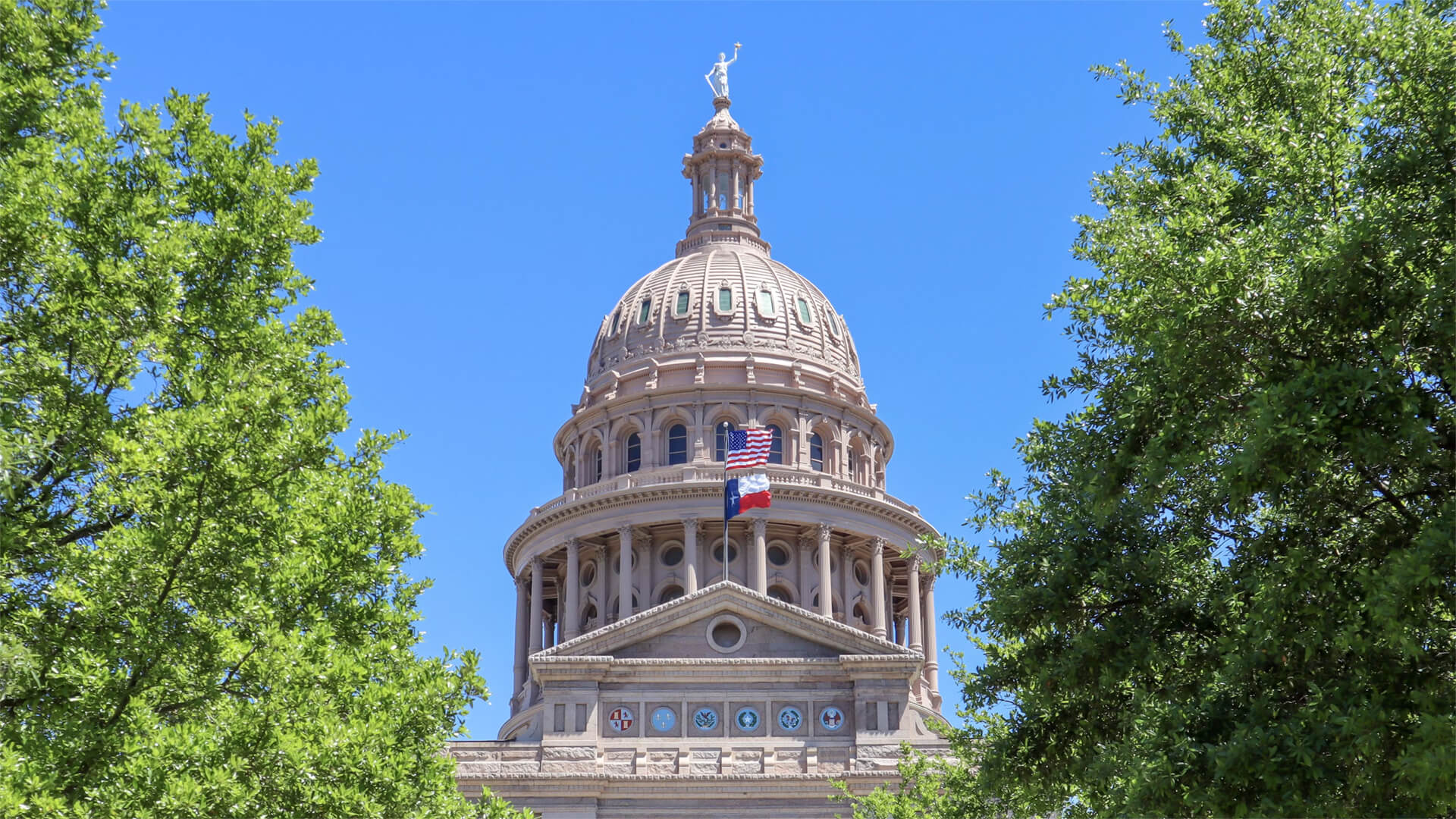We’re busting out the trusty ole crystal ball today, and looking at the two US regions most poised to succeed in the coming decades. I’m guessing it has something to do with the BBQ they’re eating, so yes, we’re talking about Texas and North Carolina.
The Texas Triangle is the region to watch in Texas; this is made up of DFW, Houston, San Antonio, and Austin. This places have already seen huge growth in the past 30 years – partially thanks to integration with Mexico – and that growth is set to continue. With Houston covering energy, Austin managing tech, San Antonio on top of manufacturing, and DFW financing everything (and don’t forget no income tax), all the bases are covered. They just have to worry about the high temps and urban sprawl.
North Carolina is one that you don’t see in the headlines often, but don’t let this sleeper state fool you. Given the ample space for new industrial plants and its already developed corridor of Charlotte-Greensboro, North Carolina has all the bones to be a production haven. They’ll have to figure out the money side of things, but I’m sure New York and Boston will have no problem tossing them a few bucks to help meet their production needs.
Here at Zeihan on Geopolitics, our chosen charity partner is MedShare. They provide emergency medical services to communities in need, with a very heavy emphasis on locations facing acute crises. Medshare operates right in the thick of it, so we can be sure that every cent of our donation is not simply going directly to where help is needed most, but our donations serve as a force multiplier for a system already in existence.
For those who would like to donate directly to MedShare or to learn more about their efforts, you can click this link.
Transcript
Hey everybody. Peter Zeihan here coming to you from the Trinity River Greenbelt in the heart of Dallas, Texas. Today we’re gonna do a little bit of a compare and contrast of the two parts of the United States that economically, I think are going to do the best. The first one, of course, is Texas, specifically an area called the Texas Triangle, which includes the four great Texas cities of Dallas, Fort Worth, Houston, San Antonio, and Austin.
Now, this is a part of the country that has done exceedingly well for the last 30 years. It has taken advantage of the fusion with Mexico to basically generate like one third of the total economic growth the U.S. has experienced. Mostly, that’s just the integration of Texas and northern Mexico. Houston is, of course, the energy town and the Permian Basin and the Eagle further right here.
So they will never have, a problem with energy supply. Austin is a tech center, which is where Silicon Valley sends all their new designs. And Austin figures out how to make it work. Those, once they make it work, it they go to San Antonio and Dallas for the mass manufacture in Dallas is in addition to being a manufacturing center, it’s also arguably the second or third biggest financial center in the United States.
It’s also in terms of spatial land and population growth and the fastest growing city in the United States. These are all trends that are likely to continue for at least the next 30 years. And as the United States needs to restore jobs and gobs and gobs of manufacturing, this is definitely the region that will benefit from these changes the most in absolute terms, with it basically being a Duke out between Dallas-Fort Worth and Houston, I’ve seen who’s the top city and who’s number two and number two still a pretty good position.
The only downside of it, as you may have guessed, is that, you know, this is not a walk friendly city. Dallas, all of the Texas cities have expanded hugely over the last 30 years, and they’re having all the growing pains that come from this. And just getting to this green belt was a bit of a chore. Also, it is October 2nd.
As I recording this, it’s already 85 degrees at nine in the morning. We’re hit 95 today. So these in many ways are becoming indoor cities, especially Houston, where for large portions of the year you just don’t want to be outside. So there’s definitely a quality of living issue. But they make up for it by having no income tax.
So you know you got to choose, the other state, which I had hoped to record, the other half of this video from is North Carolina. Unfortunately, it was raining the entire time I was there because of Hurricane Helene. And when we finally got a break and I went outside, I got stung by a bee before I got more than a 10th of a mile from my hotel.
So I took the Q and A recording. The North Carolina function from here. North Carolina is not a state that a lot of people think of when they think of industry. I mean, you know, it’s got more than 10 million people. It’s got a reasonable chunk of population. But the coast of North Carolina isn’t that great for ports.
And so it’s never been thought of as kind of an inroad X road ingress egress sort of trade hub. Also, you’ve got the much more dynamic economies and larger economies further to the north of the south. Atlanta obviously is a bigger city than anything that the North Carolinians have. And if you go north, you don’t just hit, the greater DC area, you hit Megalopolis.
So we always kind of forget about North Carolina in the middle, but in the world we’re moving into, the United States needs to double the size of the industrial plate. We are seeing that in Texas on a very daily basis. But in the case of North Carolina, the advantage is that the northeast can’t do it. Like I said, 100 million people, they don’t have much brown space.
They don’t really have green space at all. And they’re still going to need product. So they are going to be looking around for places to invest in physical plants in order to build the stuff that they need. The first stop is Virginia, and I’m not suggesting Virginia is going to punch well above her weight, but Northern Virginia is incorporated into the DC sprawl.
There’s no room there for a lot of industry. Richmond is great. Love Richmond, but it’s on its own. And until the Jones Act is repealed, the Chesapeake is a body of water that should be an industrial powerhouse, but isn’t because we’ve made it impossible for shipping among the Chesapeake communities. And so it’s basically a near rural region, which means your next chunk of population centers, if you go west, you hit, Pennsylvania.
And, you know, you’re probably going to see some build out there of the former, Rust Belt. But really it comes down to North Carolina and the, options kind of come in three phases. The first phase is a corridor that already exists, and that’s the kind of northeast or southwest corridor between Charlotte at the south end and the triad cities of Greensboro, High Point and Winston-Salem at the north.
This is an area that is very well developed, has a lot of infrastructure that’s in very good shape and basically there’s endless room for industrial parks up and down the entire corridor. In the second phase, you can link this first quarter up with another quarter that’s further east. The Fayetteville, Raleigh, Durham corridor. And basically you get this parallelogram that looks a lot to me in shape and structure, like the Texas triangle.
And the space in between is pretty much easy to develop. And even if that’s not enough and that’s a lot a little bit further east, you’ve got some areas that are kind of cut through with rivers and the North Carolina. So try not to think about that because it’s the poorer part of the state. But the potential industrial space there, the worst of it is better than the best in the northeast.
The only problem that the North Carolina is going to have with this is the capital, build out the industrial plant, but that’s where New York and Boston and DC and Connecticut and the rest of them come in because their choice is to not have product or to help the North Carolinians help there. So in absolute terms, Texas definitely far and away the winner here in relative terms look to North Carolina.








